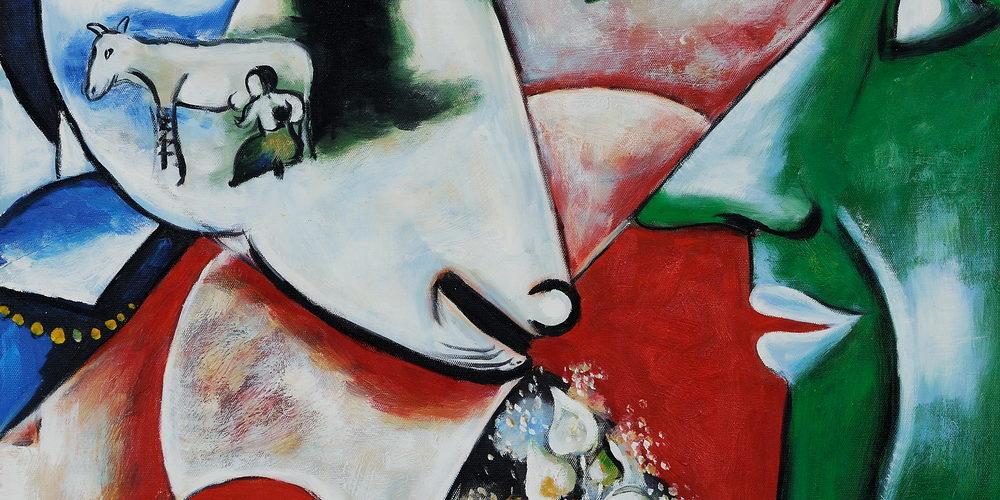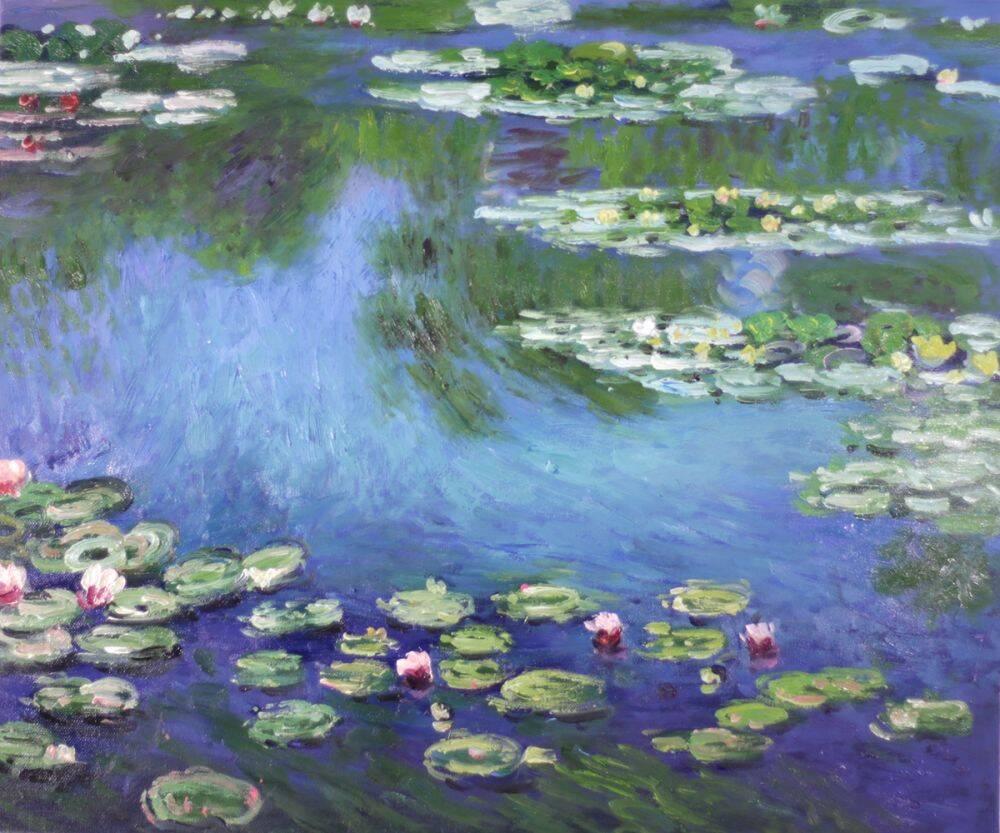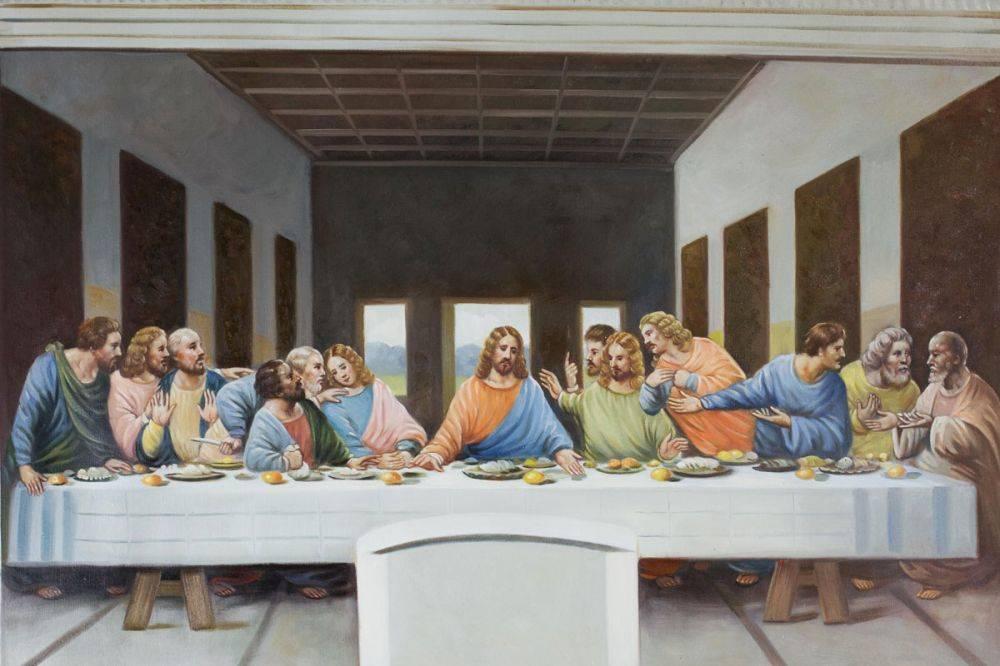Art
Marc Chagall: An Unrecoverable Dreamer
Many people tell me that when growing up you stop dreaming like you used to do when you were a child. Do you remember your first drawing, or so to say your doodle on paper when you first had a pencil in your hand? Or even those naive drawings from primary school?
Those naive drawings, showing a carefree life, a life of unlimited imagination, according to a presentation by Sir Ken Robinson once we are in school, we slowly lose our creativity. The concept was introduced by Edward de Bono in his book, Lateral Thinking. The same idea Paul Klee sustained by saying that pure art is that of children, who are not yet corrupted by studying art. However, the artist who best represents dreams on canvas is Marc Chagall.
Franz Meyer wrote in the artist’s biography “Picasso stood for the triumph of the intellect, Chagall for the glory of the heart.” The hardest thing is to make people know what you feel, but Chagall found his unique way to do that, by painting his own dreams. When we think of childhood, it appears as if we are in a dream in which we are carefree. Such thoughts made Chagall find peace and strength in the long time he was away from home. He wished to see art from another angle than the Russian and choose the French one. There in the Louvre, looking by Manet, Millet, and others, I realized why my links to Russia and Russian art were so slack, why I did not even speak their language, wrote Chagall in his biography ‘My Life’.
When he was away from his homeland in Russia and studied in Paris, the artist remembered his childhood in numerous paintings. Although the Eastern European painters seemed closer to his artistic style, Chagall put down on canvas those moments that reminded him of his native town. He painted the Russian Vitebsk in a French style. His best-known work whilst in France to study art is I and the Village. Chagall wrote: Once in Paris I was finally able to express the culinary joy I had sometimes felt in Russia – the joy of my childhood memories of Vitebsk. Not until he was in Paris did he open his soul to find his childhood images and could put them on canvas.
The painting is dated 1911, although the picture doesn’t show the exact characters or how did the village Vitebsk really looked like, he inserted parts of the village in order to look like a dream. The unique association of people as animals and buildings makes you remember how it was when you were little and dreamt of far-away places, like in a fairy tale. Chagall was inspired for this painting from the opera of Robert Delaunay, who used sectional images. The painting hasn’t got a fluent narrative story, but the crisscrossing surfaces give order to the subject.
Chagall includes two of the Cubism’s devices: the juxtaposition of motifs and the transparency in the forms. They are well combined here and give the impression of a fragmented reality. This reality was made from the artist’s memory. Thus, Chagall makes us remember that somewhere in the depths of our soul, we are still children. We must not forget to dream because dreams make us immortal. Dreams are not for fools. Dreams are for the ones who have a rich soul, and how better to show this than painting a fairy tale.
When the artist made the painting I and the Village, Chagall was “having the happiest time of his life”, as he wrote in ‘My Life’, a true fairy tale moment as the painting suggests.
But perhaps my art is the art of a lunatic, I thought, mere glittering quicksilver, a blue soul breaking in upon my pictures – Marc Chagall in ‘My Life’




